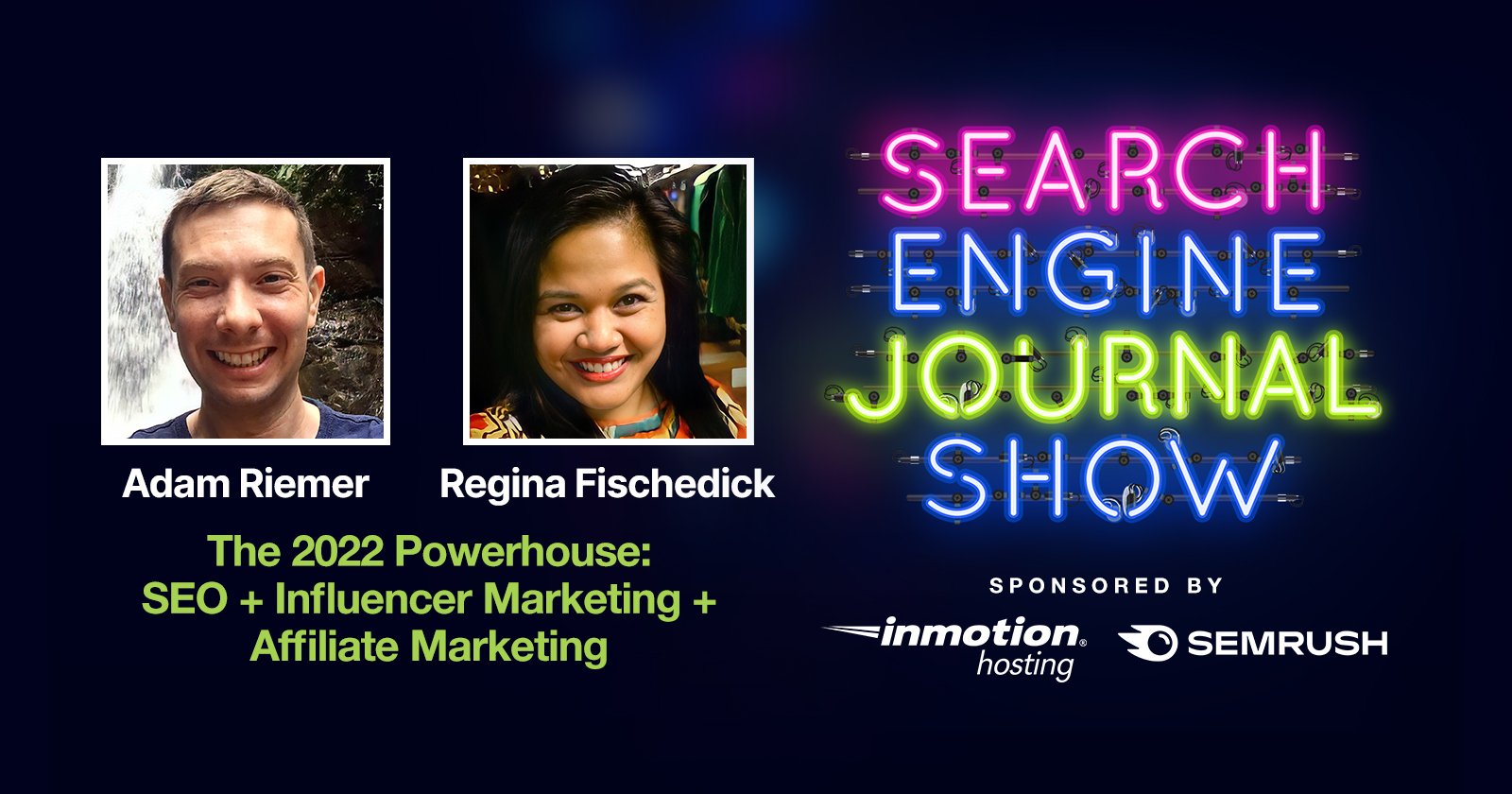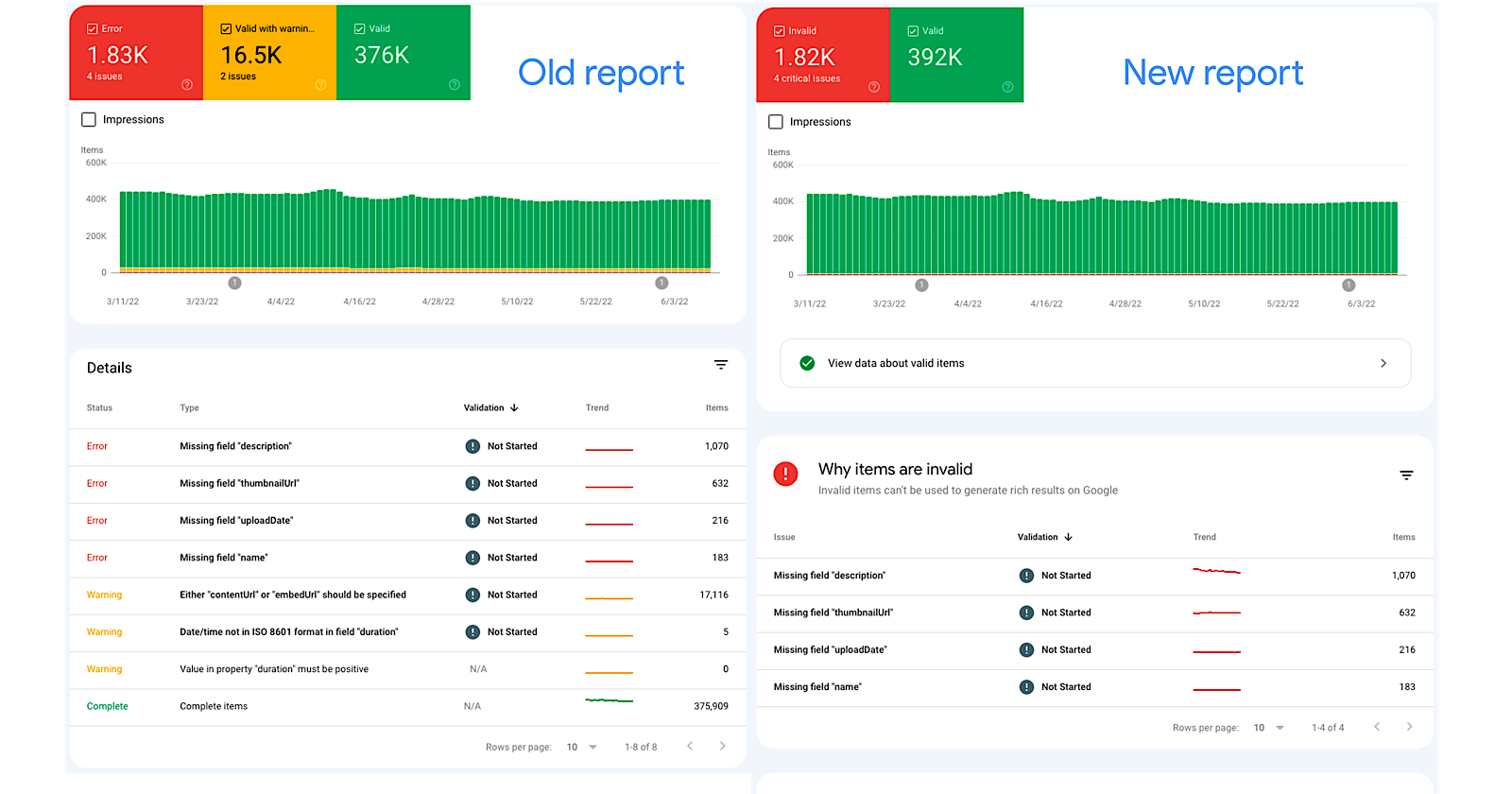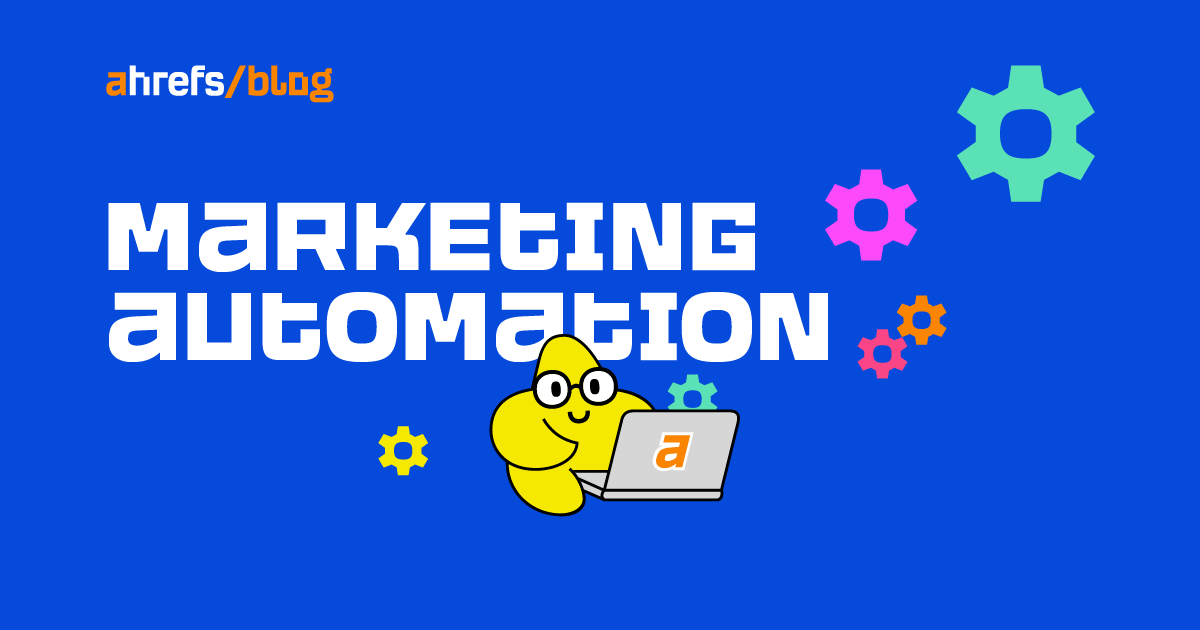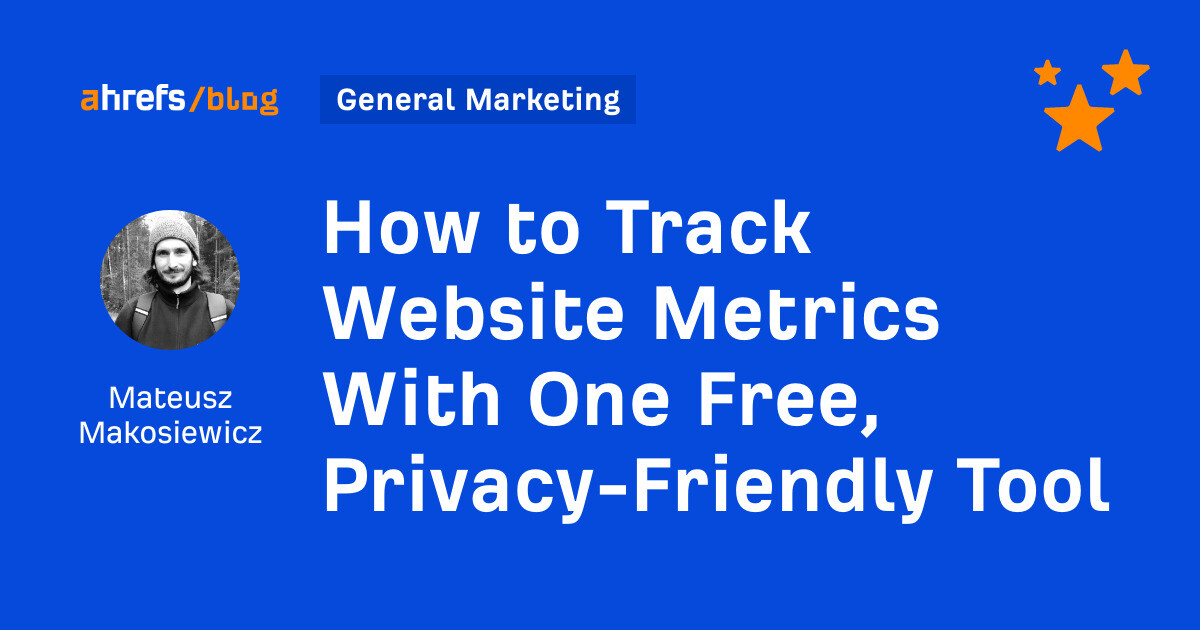New Google AI Overviews Documentation & SEO via @sejournal, @martinibuster
What Google's new AI Overviews documentation says that SEOs and publishers need to know The post New Google AI Overviews Documentation & SEO appeared first on Search Engine Journal.
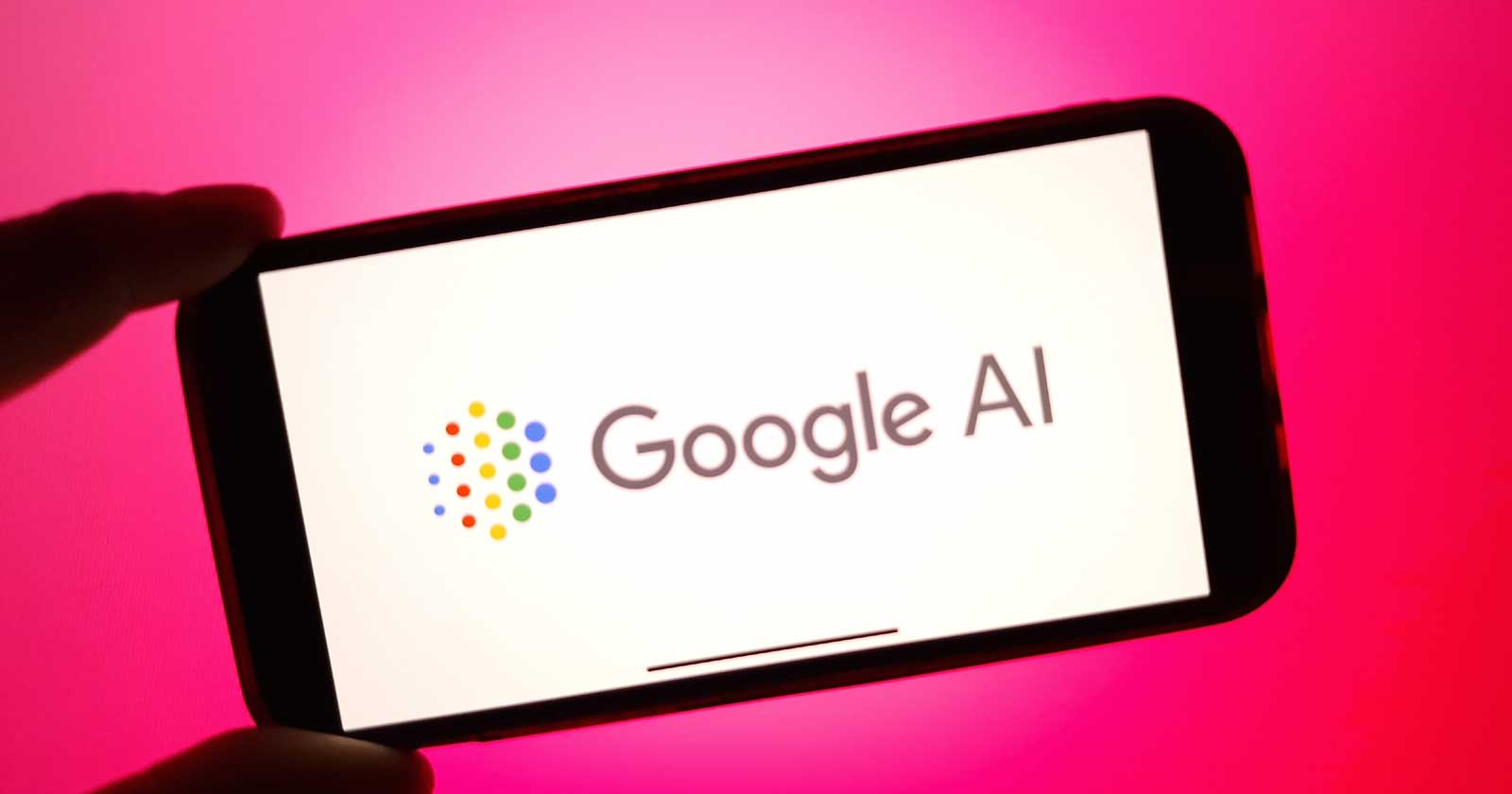
Google published new documentation about their new AI Overviews search feature which summarizes an answer to a search query and links to webpages where more information can be found. The new documentation offers important information about how the new feature works and what publishers and SEOs should consider.
What Triggers AI Overviews
AI Overviews shows when the user intent is to quickly understand information, especially when that information need is tied to a task.
“AI Overviews appear in Google Search results when our systems determine …when you want to quickly understand information from a range of sources, including information from across the web and Google’s Knowledge Graph.”
In another part of the documentation it ties the trigger to task-based information needs:
“…and use the information they find to advance their tasks.” “
What Kinds Of Sites Does AI Overviews Link To?
An important fact to consider is that just because AI Overviews is triggered by a user’s need to quickly understand something doesn’t mean that only queries with an informational need will trigger the new search feature. Google’s documentation makes it clear that the kinds of websites that will benefit from AI Overviews links includes “creators” (which implies video creators), ecommerce stores and other businesses. This means that far more than informational websites that will benefit from AI overviews.
The new documentation lists the kinds of sites that can receive a link from the AI overviews:
“This allows people to dig deeper and discover a diverse range of content from publishers, creators, retailers, businesses, and more, and use the information they find to advance their tasks.”
Where AI Overviews Sources Information
AI Overviews shows information from the web and the knowledge graph. Large Language Models currently need to be entirely retrained from the ground up when adding significant amounts of new data. That means that the websites chosen to be displayed in Overviews feature are selected from Google’s standard search index which in turn means that Google may be using Retrieval-augmented generation (RAG).
RAG is a system that sits between a large language model and a database of information that’s external to the LLM. This external database can be a specific knowledge like the entire content of an organization’s HR policies to a search index. It’s a supplemental source of information that can be used to double-check the information provided by an LLM or to show where to read more about the question being answered.
The section quoted at the beginning of the article notes that AI Overviews cites sources from the web and the Knowledge Graph:
“AI Overviews appear in Google Search results when our systems determine …when you want to quickly understand information from a range of sources, including information from across the web and Google’s Knowledge Graph.”
What Automatic Inclusion Means For SEO
Inclusion in AI Overviews is automatic and there’s nothing specific to AI Overviews that publishers or SEOs need to do. Google’s documentation says that following their guidelines for ranking in the regular search is all you have to do for ranking in AI Overviews. Google’s “systems” determine what sites are picked to show up for the topics surfaced in AI Overviews.
All the statements seem to confirm that the new Overviews feature sources data from the regular Search Index. It’s possible that Google filters the search index specially for AI Overviews but offhand I can’t think of any reason Google would do that.
All the statements that indicate automatic inclusions point to the likely possibility that Google uses the regular search index:
“No action is needed for publishers to benefit from AI Overviews.”
“AI Overviews show links to resources that support the information in the snapshot, and explore the topic further.”
“…diverse range of content from publishers, creators, retailers, businesses, and more…”
“To rank in AI Overviews, publishers only need to follow the Google Search Essentials guide.
“Google’s systems automatically determine which links appear. There is nothing special for creators to do to be considered other than to follow our regular guidance for appearing in search, as covered in Google Search Essentials.”
Think In Terms Of Topics
Obviously, keywords and synonyms in queries and documents play a role. But in my opinion they play and oversized role in SEO. There are many ways that a search engine can annotate a document in order to match a webpage to a topic, like what Googler Martin Splitt referred to as a centerpiece annotation. A centerpiece annotation is used by Google to label a webpage with what that webpage is about.
Semantic Annotation
This kind of annotation links webpage content to concepts which in turn gives structure to a unstructured document. Every webpage is unstructured data so search engines have to make sense of that. Semantic Annotation is one way to do that.
Google has been matching webpages to concepts since at least 2015. A Google webpage about their cloud products talks about how they integrated neural matching into their Search Engine for the purpose of annotating webpage content with their inherent topics.
This is what Google says about how it matches webpages to concepts:
“Google Search started incorporating semantic search in 2015, with the introduction of noteworthy AI search innovations like deep learning ranking system RankBrain. This innovation was quickly followed with neural matching to improve the accuracy of document retrieval in Search. Neural matching allows a retrieval engine to learn the relationships between a query’s intentions and highly relevant documents, allowing Search to recognize the context of a query instead of the simple similarity search.
Neural matching helps us understand fuzzier representations of concepts in queries and pages, and match them to one another. It looks at an entire query or page rather than just keywords, developing a better understanding of the underlying concepts represented in them.”
Google’s been doing this, matching webpages to concepts, for almost ten years. Google’s documentation about AI Overviews also mentions that showing links to webpages based on topics is a part of determining what sites are ranked in AI Overviews.
Here’s how Google explains it:
“AI Overviews show links to resources that support the information in the snapshot, and explore the topic further.
…AI Overviews offer a preview of a topic or query based on a variety of sources, including web sources.”
Google’s focus on topics has been a thing for a long time and it’s well past time SEOs lessened their grip on keyword targeting and start to also give Topic Targeting a chance to enrich their ability to surface content in Google Search, including in AI Overviews.
Google says that the same optimizations described in their Search Essentials documentation for ranking in Google Search are the same optimizations to apply to rank in Google Overview.
This is exactly what the new documentation says:
“There is nothing special for creators to do to be considered other than to follow our regular guidance for appearing in search, as covered in Google Search Essentials.”
Read Google’s New SEO Related Documentation On AI Overviews
Featured Image by Shutterstock/Piotr Swat

 Troov
Troov 







